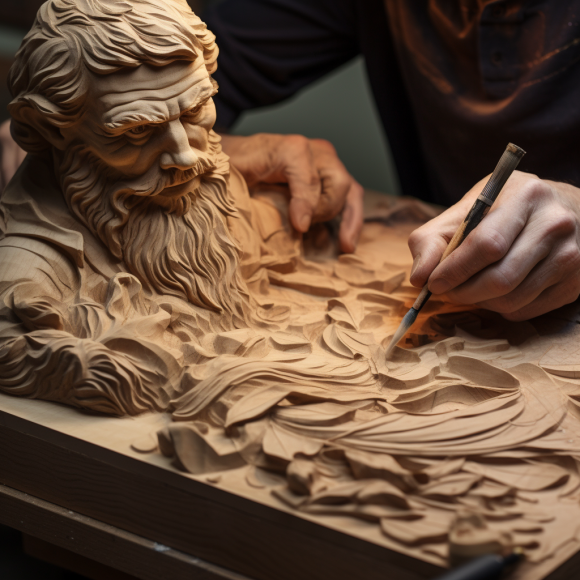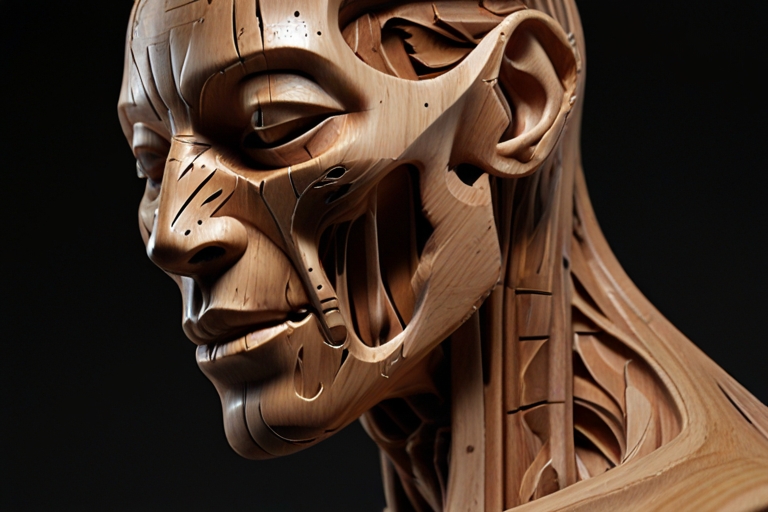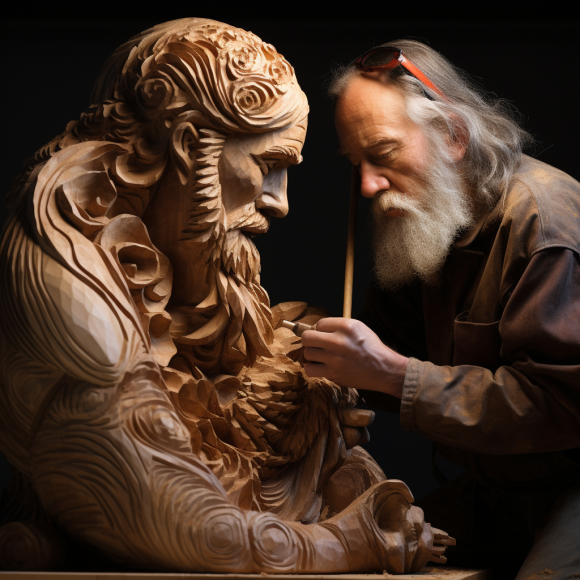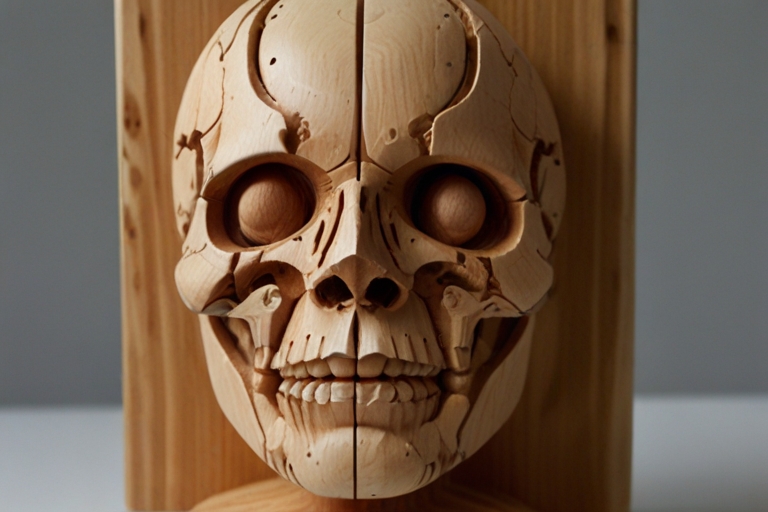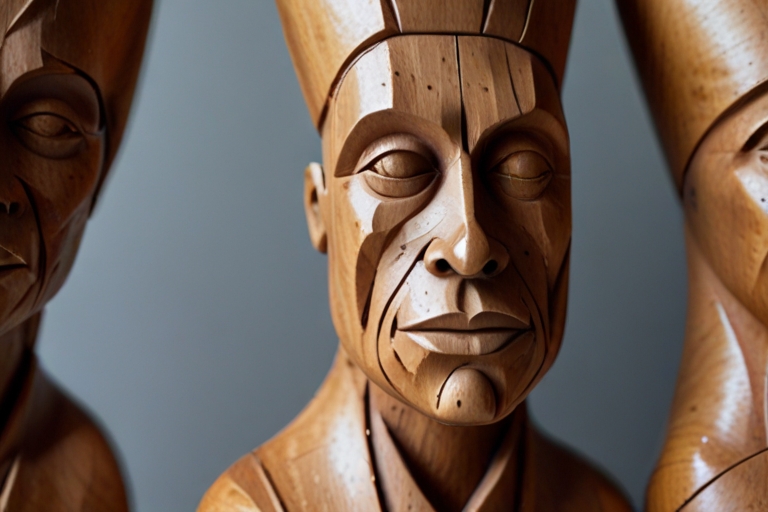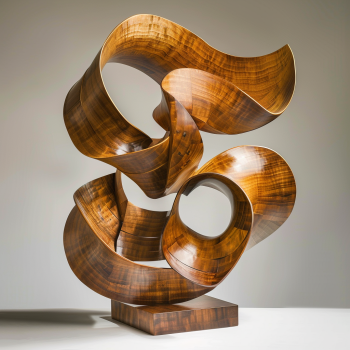Sustainable Wood Sculpting: Eco-Friendly Practices and Materials
Wood sculpture, a timeless and versatile art form, has seen a resurgence in recent years as artists and audiences alike seek more sustainable and eco-friendly practices. In a world increasingly aware of environmental issues, sustainable wood sculpting offers a way to create beautiful art while minimizing ecological impact. This article explores eco-friendly practices and materials in wood sculpting, highlighting how artists can contribute to a greener future through their craft.
1. Using Reclaimed Wood
One of the most significant ways wood sculptors can practice sustainability is by using reclaimed wood. Reclaimed wood comes from a variety of sources, including old buildings, furniture, and fallen trees. By repurposing this wood, artists prevent it from ending up in landfills and reduce the need for new timber, thus conserving forests. Reclaimed wood often has unique textures and histories, adding character and depth to sculptures. Each piece tells a story, connecting the past with the present and giving new life to materials that might otherwise be discarded.
2. Sourcing Sustainable Wood
When new wood is necessary, artists can choose sustainably sourced wood. This includes wood certified by organizations such as the Forest Stewardship Council (FSC), which ensures that the timber comes from responsibly managed forests. These forests are managed to maintain biodiversity, productivity, and ecological processes. By choosing FSC-certified wood, artists support sustainable forestry practices that protect ecosystems and the livelihoods of communities dependent on forests.
3. Utilizing Fast-Growing and Invasive Species
Another approach to sustainable wood sculpting is using fast-growing or invasive tree species. Trees like bamboo and paulownia grow quickly, making them more renewable sources of wood. Additionally, using invasive species helps control their spread, which can be detrimental to native ecosystems. By turning these species into art, sculptors contribute to environmental management while obtaining a plentiful supply of material.
4. Reducing Waste
Minimizing waste is a crucial aspect of sustainable wood sculpting. Artists can achieve this by carefully planning their projects to use as much of the wood as possible. Smaller offcuts and scraps can be saved for future works or even used in mixed-media pieces. Some artists also use wood shavings and sawdust in creative ways, such as in composite materials or as textural elements in their sculptures. This approach not only reduces waste but also maximizes the utility of each piece of wood.
5. Eco-Friendly Finishes
Traditional finishes and preservatives used in wood sculpture can contain harmful chemicals that are detrimental to the environment. Sustainable wood sculpting involves using eco-friendly finishes, such as natural oils (like linseed or tung oil), water-based finishes, and plant-based waxes. These alternatives are less toxic and biodegradable, reducing the environmental footprint of the artwork. Additionally, natural finishes often enhance the wood’s natural beauty and patina, providing a more authentic and aesthetically pleasing result.
6. Solar and Hand Tools
The tools used in wood sculpting can also contribute to sustainability. While power tools are convenient, they consume electricity, often derived from non-renewable sources. Sculptors can reduce their carbon footprint by using hand tools for certain tasks and incorporating solar-powered tools when possible. Hand tools not only save energy but also provide a more tactile and intimate connection to the material, allowing for greater precision and artistry.
7. Promoting Environmental Awareness
Sustainable wood sculpting goes beyond the materials and methods used; it also involves promoting environmental awareness through the art itself. Sculptors can create pieces that highlight environmental issues, such as deforestation, climate change, and biodiversity loss. By incorporating these themes into their work, artists can educate and inspire viewers to consider their own impact on the environment and take action towards sustainability.
8. Community and Educational Projects
Many wood sculptors are engaging in community and educational projects to spread the message of sustainability. Workshops, public art installations, and collaborations with environmental organizations help raise awareness and foster a sense of community around sustainable practices. By teaching others about eco-friendly wood sculpting, artists can multiply their impact, inspiring a new generation of environmentally conscious creators.
Sustainable wood sculpting is an essential practice for artists who wish to minimize their environmental impact while creating beautiful, meaningful art. By using reclaimed and sustainably sourced wood, reducing waste, choosing eco-friendly finishes, and promoting environmental awareness, wood sculptors can contribute to a greener future. As the art world continues to evolve, the integration of sustainable practices will ensure that wood sculpture remains a vibrant and responsible form of artistic expression, celebrating the beauty of nature while protecting it for future generations.

